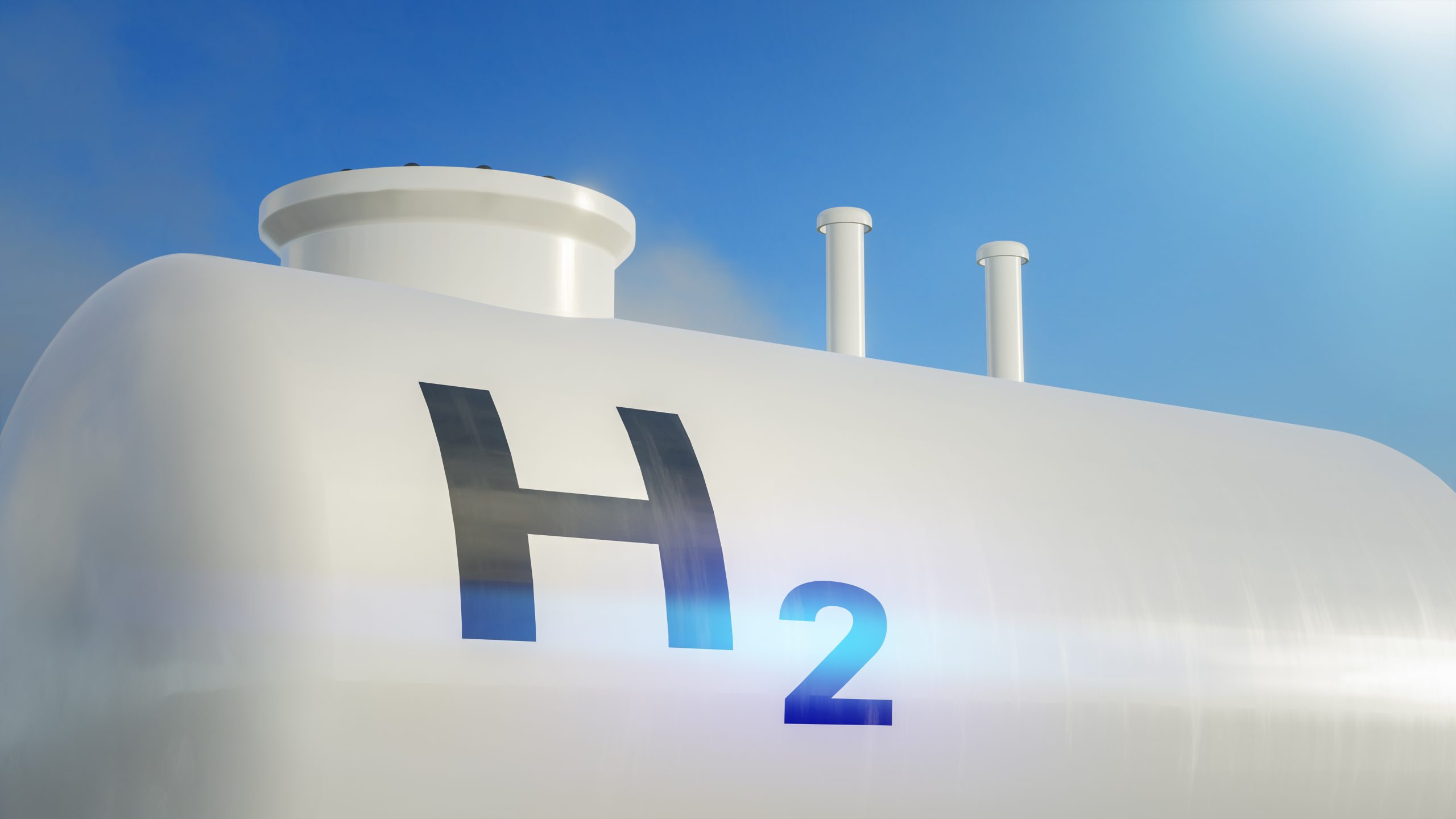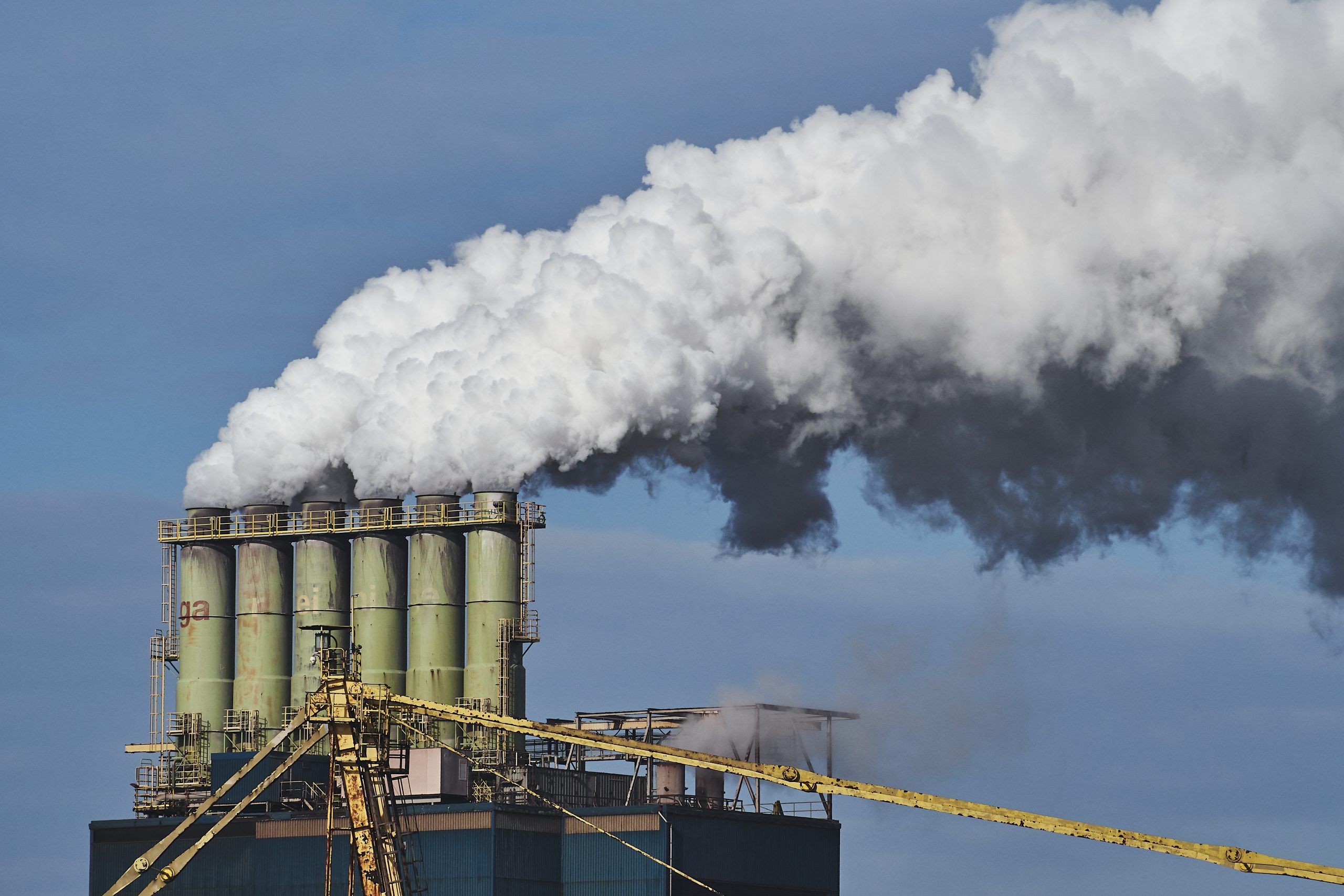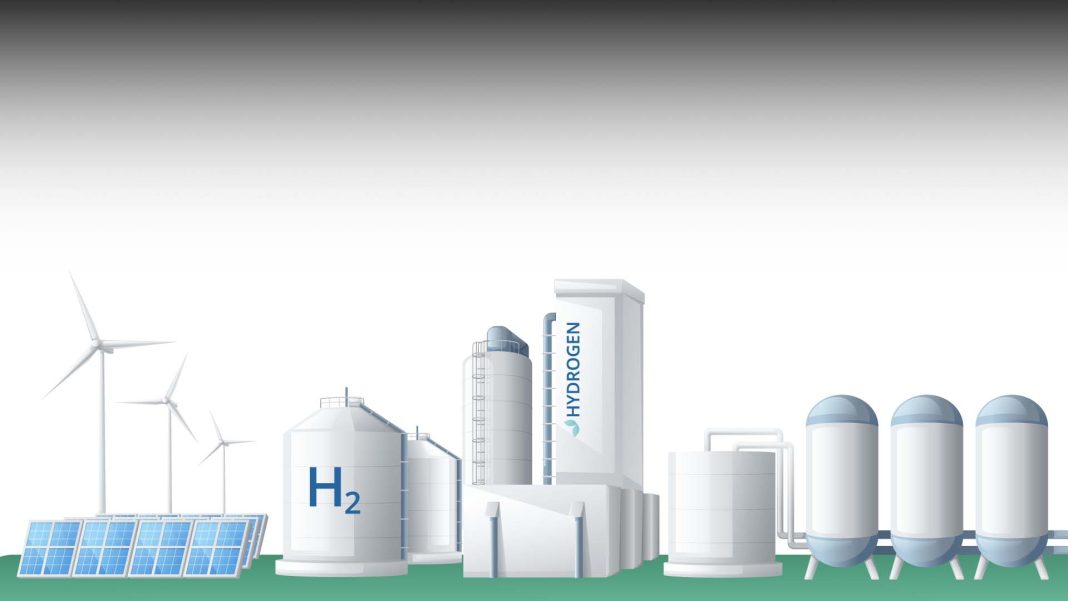Green hydrogen is nominated as the leading clean energy of the future with zero carbon dioxide emissions. However, the equation can change when considering the production and supply process of this fuel, which does not emit carbon dioxide during combustion. In other words, the production technology and logistics system directly determine green hydrogen’s ‘tone’.
Before addressing this issue, it is useful to briefly recall why people are in search of an alternative clean energy source:
Greenhouse gases in the atmosphere maintain the planet’s temperature balance by trapping heat emitted from the Earth’s surface. However, fossil fuels (oil, coal, natural gas) used intensively in production since the industrial revolution have increased the amount of greenhouse gases in the atmosphere by emitting carbon dioxide and disrupting the temperature balance. Moreover, these energy sources are responsible for approximately 70% of global carbon dioxide emissions. Therefore, gradually abandoning fossil fuels and transitioning to clean energy sources is of primary importance in combating global warming.
What is green hydrogen?
Before looking at the ‘green’ one, if we consider pure hydrogen; hydrogen is a colorless, odorless, and flammable gas like oil. Due to its rarity in nature, it needs to be produced by humans. The ‘green’ colour attributed to hydrogen indicates that renewable energy sources such as wind, solar, etc., are used in its production. Green hydrogen is obtained by electrolysis, that is, by using electricity to separate water into hydrogen and oxygen.

‘Embedded emissions’ behind green hydrogen
This green gas is considered a sustainable alternative to meet the energy needs in industrial production because, unlike oil, coal, and natural gas, it does not emit any carbon dioxide during combustion. However, research emphasizes that the emission values of green hydrogen should be evaluated considering the entire supply chain.
A study published in Nature magazine evaluates greenhouse gas emissions throughout the life cycle for 1,025 planned green hydrogen facilities in 72 countries, covering different electrolyzer technologies and renewable electricity sources. As a result, it is revealed that achieving low-emission green hydrogen on a large scale requires well-chosen production configurations with substantial emission reductions throughout the supply chain.
Emre Gençer, Senior Research Scientist at MIT Energy Initiative, states in an article that the production process can emit 1 kilogram or less CO2 per kilogram of hydrogen produced, depending on the supply chain of renewable electricity and the overall efficiency of the process. For example, he explains that producing green hydrogen using wind energy is currently a bit cleaner than using solar energy, because “manufacturing solar equipment takes more energy, and wind energy installations produce electricity at their maximum output more often than solar projects of the same size.”
Gençer points out that the CO2 emitted by green hydrogen production is nearly all ‘embedded emissions,’ produced while manufacturing the equipment. “The more consistently and efficiently you can make hydrogen with that equipment, the cleaner that hydrogen will be,” he says.

“Türkiye’s hydrogen potential is high”
At the meeting titled “Green Hydrogen as a Reliable Transition Tool for Türkiye” organized by the Economic Policy Research Foundation of Türkiye (TEPAV) on March 21, 2025, academics, civil society organizations, and private sector representatives discussed the role of green hydrogen in Türkiye’s energy transition.
Moderated by TEPAV Founding Director Prof. Dr. Güven Sak, the meeting featured speakers such as Prof. Dr. Andreas Löschel from Ruhr University, SHURA Research Director Hasan Aksoy, and Secretary General of Green Hydrogen Producers Association (H2DER) Fatih Kuşçu.
At the meeting, it was emphasized that Türkiye, which has the potential to be a significant player in green hydrogen production during the transition from coal and the shift to a low-carbon economy, could strengthen its hydrogen infrastructure both in the domestic market and in exports, becoming one of Europe’s critical suppliers.
Speaking at the meeting, TEPAV Founding Director Prof. Dr. Güven Sak highlighted that there is still no clear roadmap for exiting coal, stating: “As long as this uncertainty continues, we will pay higher costs. Coal mines will close; this is certain. A roadmap should be drawn for the post-coal period. Hydrogen is a strategic option here.” Sak emphasized that Türkiye’s hydrogen potential is high and that governance structures should be adapted accordingly.
“Türkiye can be a strategic supplier with its geographical location and renewable energy capacity”
Prof. Dr. Andreas Löschel from Ruhr University reminded that regulations such as the European Union’s carbon border adjustment mechanism (CBAM) make it mandatory for Türkiye’s export-oriented sectors to exit carbon-intensive production; “Green hydrogen will be a critical alternative for Türkiye, especially in the metal, mineral, and chemical sectors. Germany’s production capacity will not be enough to meet the demand. Therefore, Türkiye can be a strategic supplier with its geographical location and renewable energy capacity,” he said.
Löschel pointed out that Türkiye aims for 2 GW electrolyzer capacity by 2030 and 70 GW by 2053, noting that direct policy tools are needed to reduce investment risks to achieve these targets. He stated that incentive systems, international collaborations, and certification mechanisms should be the main elements of the process.

“Türkiye has the potential for 3.4 million tons of production and 1.5-1.9 million tons of export annually by 2050”
SHURA Research Director Hasan Aksoy reminded that Türkiye has achieved a low-carbon structure in electricity production but still relies on fossil fuels for 80% of its energy supply. He stated that green hydrogen will come into play in areas where electrification alone cannot provide a solution, saying, “Green hydrogen is a zero-carbon energy carrier produced using renewable energy. According to SHURA analyses, Türkiye has the potential for 3.4 million tons of production and 1.5-1.9 million tons of export annually by 2050.”
Aksoy stated that İzmir, Balıkesir, and Çanakkale stand out in terms of hydrogen production and predicted that the cost per kilogram would fall below 1.5 dollars as costs decrease. He also added that alternative solutions such as seawater purification, should be considered in regions where water stress may occur.
“Türkiye is a potential supplier for Germany”
Fatih Kuşçu, Board Member of the Hydrogen Technologies Association (H2DER), stated that Türkiye took a significant step with its hydrogen strategy published in 2023. He said, “The Gökçeada-Bozcaada line could be a strategic green hydrogen corridor due to its proximity to Europe and wind potential. Here, 15 to 20 thousand tons of hydrogen can be produced annually.”
Kuşçu noted that Germany will have an annual hydrogen demand of 90–130 TWh by 2030, and the current production capacity can only meet a small portion of this demand. He stated that Türkiye could be a suitable supplier for Germany and emphasized that aligning Türkiye’s certification process with European standards would increase export potential, adding, “Investment incentives and publicly supported R&D programs will be among the complementary elements of the process.”

The textile sector has also started preparations for green hydrogen
According to a report by Research and Markets, the global textile market, valued at 1.1 trillion USD in 2024, is expected to grow at a CAGR of 3% from 2024 to 2030, reaching 1.3 trillion USD by 2030. The amount of energy used in the production processes of such a large industry is equally significant. Therefore, with the inclination towards renewable energy, green hydrogen has started to be discussed among textile machinery manufacturers in recent years.
Companies, especially those producing technology for the finishing area, where heat energy is intensively used, are in preparation in this regard. For example, BRÜCKNER also offers burners that can be operated with hydrogen in the future to its users. Monforts announced the WasserSTOFF project in November 2022, funded by the government, aiming to determine to what extent hydrogen can be used as an alternative heating source for textile finishing processes in the future.
In summary, green hydrogen appears to be a strong candidate as an alternative to fossil fuels in the future. Due to being a fuel produced with renewable energy, some countries stand out in the supply with the advantages provided by their geographical conditions. One of these countries is Türkiye.
However, it is important to remember that the production and supply process is decisive in evaluating this as a completely clean fuel source. Here, again, the importance of the dialogue mechanism emerges, as in every matter. The correct planning and systematization of the technologies to be used and the infrastructures to be established in this field can only be possible through a dialogue involving all stakeholders, such as economists, politicians, industry officials, and technology developers. Only if the reality of the climate crisis is prioritised by all parties for a fair and sustainable transition to green hydrogen will provide a solid basis for a solution that is free from greenwashing.
